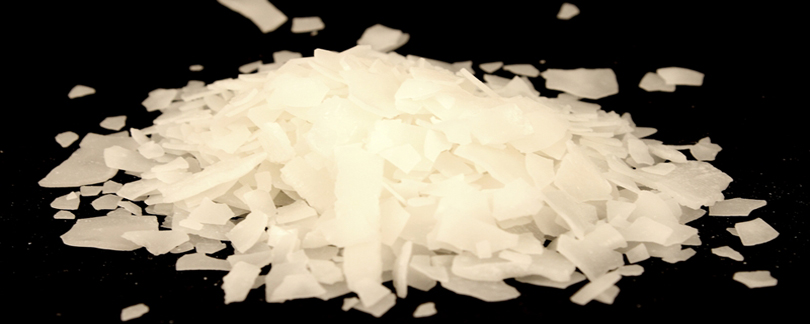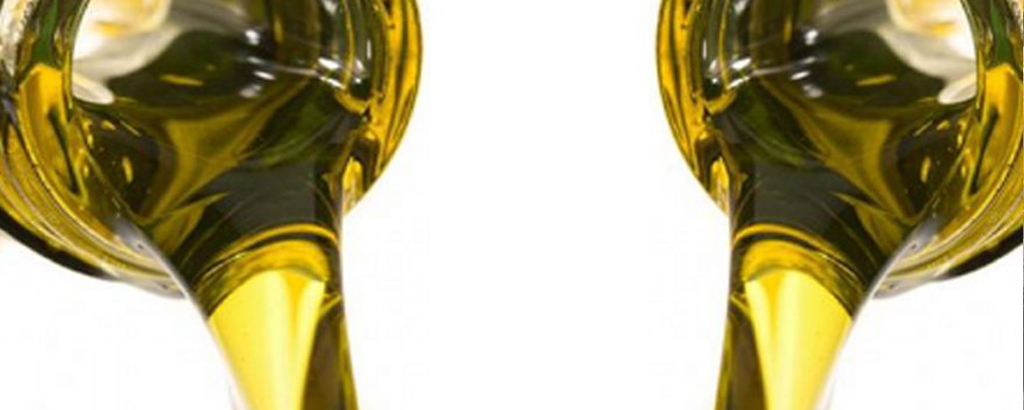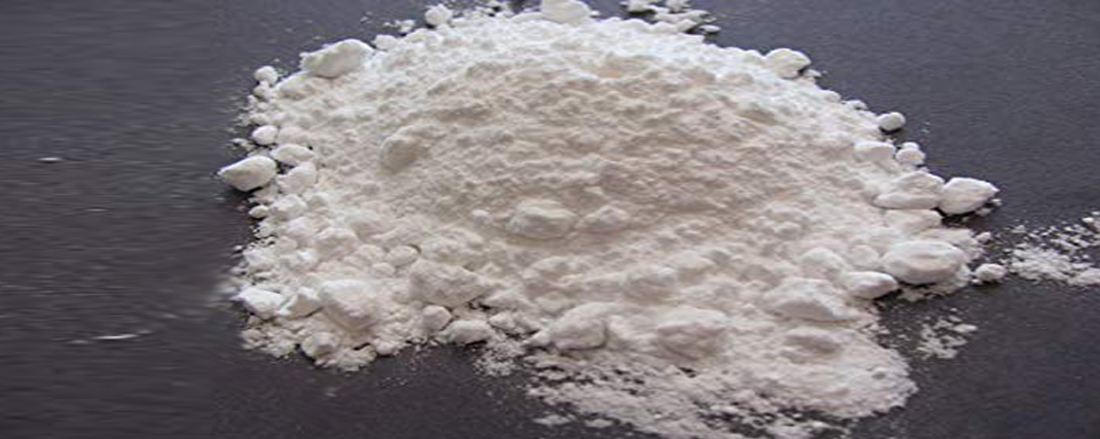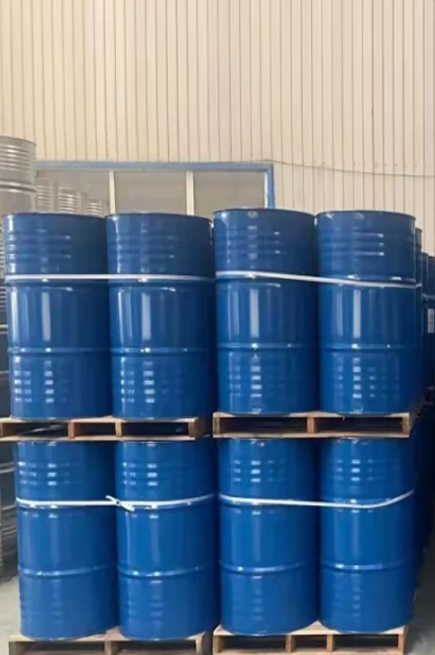Kenya Chemical is one of the leading Polyethylene glycol Exporters, Manufacturers, Suppliers, and Producers in Nairobi, Rwanda, Uganda, Tanzania, Burundi, Congo, South Africa, South Sudan, Zambia, Nigeria, Namibia, Ghana, Malawi Nairobi Kenya.
Polyethylene glycol (PEG) is a polyether compound derived from petroleum with many applications, from industrial manufacturing to medicine. PEG is also known as polyethylene oxide (PEO) or polyoxyethylene (POE), depending on its molecular weight. The structure of PEG is commonly expressed as H−(O−CH2−CH2)n−OH.
Other names
Carbowax, GoLYTELY, GlycoLax, Fortrans, TriLyte, Colyte, Halflytely, macrogol, MiraLAX, MoviPrep
Uses
Medical uses
PEG is the basis of a number of laxatives (as MiraLax). Whole bowel irrigation with polyethylene glycol and added electrolytes is used for bowel preparation before surgery or colonoscopy.
PEG is also used as an excipient in many pharmaceutical products.
PEG used in medicines for treating disimpaction and maintenance therapy for children with constipation.
When attached to various protein medications, polyethylene glycol allows a slowed clearance of the carried protein from the blood.
The possibility that PEG could be used to fuse axons is being explored by researchers studying peripheral nerve and spinal cord injury.
chemical use
Because PEG is a hydrophilic molecule, it has been used to passivate microscope glass slides for avoiding non-specific sticking of proteins in single-molecule fluorescence studies.
Polyethylene glycol has a low toxicity and is used in a variety of products. The polymer is used as a lubricating coating for various surfaces in aqueous and non-aqueous environments.
Since PEG is a flexible, water-soluble polymer, it can be used to create very high osmotic pressures (on the order of tens of atmospheres). It also is unlikely to have specific interactions with biological chemicals. These properties make PEG one of the most useful molecules for applying osmotic pressure in biochemistry and biomembranes experiments, in particular when using the osmotic stress technique.
Polyethylene glycol is also commonly used as a polar stationary phase for gas chromatography, as well as a heat transfer fluid in electronic testers.
PEG has also been used to preserve wooden and in some cases other organic objects that have been salvaged from underwater archaeological contexts, as was the case with the warship Vasa in Stockholm, and similar cases. It replaces water in wooden objects, making the wood dimensionally stable and preventing warping or shrinking of the wood when it dries. In addition, PEG is used when working with green wood as a stabilizer, and to prevent shrinkage.
Commercial uses
PEG is the basis of many skin creams (as cetomacrogol) and personal lubricants (frequently combined with glycerin).
PEG is used in a number of toothpastes as a dispersant. In this application, it binds water and helps keep xanthan gum uniformly distributed throughout the toothpaste.
PEG is also under investigation for use in body armor, and in tattoos to monitor diabetes.
In low-molecular-weight formulations (e.g. PEG 400), it is used in Hewlett-Packard designjet printers as an ink solvent and lubricant for the print heads.
Industrial uses
A nitrate ester-plasticized polyethylene glycol (NEPE-75) is used in Trident II submarine-launched ballistic missile solid rocket fuel.
Dimethyl ethers of PEG are the key ingredient of Selexol, a solvent used by coal-burning, integrated gasification combined cycle (IGCC) power plants to remove carbon dioxide and hydrogen sulfide from the syngas stream.
PEG has been used as the gate insulator in an electric double-layer transistor to induce superconductivity in an insulator.
PEG is also used as a polymer host for solid polymer electrolytes. Although not yet in commercial production, many groups around the globe are engaged in research on solid polymer electrolytes involving PEG, with the aim of improving their properties, and in permitting their use in batteries, electro-chromic display systems, and other products in the future.
PEG is injected into industrial processes to reduce foaming in separation equipment.
PEG is used as a binder in the preparation of technical ceramics.
Recreational uses
PEG is used to extend the size and durability of very large soap bubbles.
PEG is the main ingredient in many personal lubricants. (Not to be confused with propylene glycol.)
PEG is the main ingredient in the paint (known as "fill") in paintballs.
OUR ADVANTAGE
1.Quickly and timely response
2.Quick and professional Delivery of chemicals
3.Professional technical support and after-sales service
4.Full set of Hazard Chemical Exporting Licenses
5.Continuous and stable supply chemicals with professionally deal Bulk Vessel,ISO Tank and containers transportation.
When you order in our company, we will immediately arrange shipment and update your tracking information by email. In addition, we can also arrange door-to-door service delivery to your office or factory directly by our forwarders. For more information or to request a particular product, call customer services or the Given website Email address.
mail@kenyachemical.com





